The year is 1985.
Ronald Reagan is sworn in to begin his second term as president. "We are the World" is recorded and released to raise awareness for problems in Africa. Mikhail Gorbachev becomes premier of the Soviet Union. Mike Tyson makes his professional boxing debut, winning by knockout. Wrestlemania I is held at Madison Square Garden. Villanova wins the NCAA basketball tourney as a #8 seed. The Coca-Cola company releases (and rescinds) New Coke. TWA flight 874 is hijacked by Hizballah, and American Naval Petty Officer Robert Stethem is killed. Michael J. Fox stars in "Back to the Future." The cruise ship Achille Lauro is hijacked at sea by terrorists and wheelchair-bound American passenger Leon Klinghoffer is killed. Windows 1.0 is released. The Indians go 60-102 and draw just 655,181 fans to cavernous Municipal Stadium. Brett Butler hit .311 and stole 47 bases...but he was also caught stealing 20 times.
Indians 1st round pick: With the 9th pick in the 1st round, the Indians selected Mike Poehl, RHP out of the University of Texas. Poehl never got above AA and was out of baseball by 1991. This will be especially depressing once you see below just how much talent was available in the 1985 draft.
Best 1st round pick: In what was a pretty good 1st round, Barry Bonds and his 762 career HR's stand out above the rest. PED's may have played a role in his career #'s, but the Pirates were pretty happy after selecting him 6th overall in 1985.
Honorable mention: Like I said, this was a pretty good 1st round. Rafael Palmerio, chosen 22nd overall by the Cubs, joined Bonds in both the 500 HR club and the "tainted by PED's club"...Will "The Thrill" Clark and his .301 lifetime batting average went 2nd overall to San Fran...Texas took Bobby Witt 3rd overall, and he would go on to win 142 career games...Barry Larkin had a pretty good career after being chosen 4th overall out of the University of Michigan, despite the Ohio State fans in Cincy being unable to ever really embrace Larkin due to his ties to the school...Oklahoma State slugger Pete Incaviglia was chosen by the Expos 8th overall, and managed to orchestrate a trade because he didn't want to play in a cold-weather city. If only he could have orchestrated some plate discipline, he might have had a longer career...Oakland selected their shortstop and leadoff hitter of the future Walt Weiss with the 11th overall pick...Fellow shortstops Brian McRae and Joey Cora went 17th and 23rd overall to the Royals and Padres, respectively...Greg Jefferies never lived up to the immense hype surrounding him after being chosen 20th overall by the Mets out of a California high school, but he did hang around long enough to belt 126 career HR's.
Indians best pick: Two players selected and signed by the Indians out of the 1985 draft would someday play in the major leagues. Those two players would combine for 159 career at bats. By default, the man who had 150 of those at bats, is the Indians "best" pick in 1985. I am talking about none other than Luis "Funky Cold" Medina, 1B out of Arizona State. Medina hit 10 career HR's and finished with a lifetime batting average of .207.
Ronald Reagan is sworn in to begin his second term as president. "We are the World" is recorded and released to raise awareness for problems in Africa. Mikhail Gorbachev becomes premier of the Soviet Union. Mike Tyson makes his professional boxing debut, winning by knockout. Wrestlemania I is held at Madison Square Garden. Villanova wins the NCAA basketball tourney as a #8 seed. The Coca-Cola company releases (and rescinds) New Coke. TWA flight 874 is hijacked by Hizballah, and American Naval Petty Officer Robert Stethem is killed. Michael J. Fox stars in "Back to the Future." The cruise ship Achille Lauro is hijacked at sea by terrorists and wheelchair-bound American passenger Leon Klinghoffer is killed. Windows 1.0 is released. The Indians go 60-102 and draw just 655,181 fans to cavernous Municipal Stadium. Brett Butler hit .311 and stole 47 bases...but he was also caught stealing 20 times.
Indians 1st round pick: With the 9th pick in the 1st round, the Indians selected Mike Poehl, RHP out of the University of Texas. Poehl never got above AA and was out of baseball by 1991. This will be especially depressing once you see below just how much talent was available in the 1985 draft.
Best 1st round pick: In what was a pretty good 1st round, Barry Bonds and his 762 career HR's stand out above the rest. PED's may have played a role in his career #'s, but the Pirates were pretty happy after selecting him 6th overall in 1985.
Honorable mention: Like I said, this was a pretty good 1st round. Rafael Palmerio, chosen 22nd overall by the Cubs, joined Bonds in both the 500 HR club and the "tainted by PED's club"...Will "The Thrill" Clark and his .301 lifetime batting average went 2nd overall to San Fran...Texas took Bobby Witt 3rd overall, and he would go on to win 142 career games...Barry Larkin had a pretty good career after being chosen 4th overall out of the University of Michigan, despite the Ohio State fans in Cincy being unable to ever really embrace Larkin due to his ties to the school...Oklahoma State slugger Pete Incaviglia was chosen by the Expos 8th overall, and managed to orchestrate a trade because he didn't want to play in a cold-weather city. If only he could have orchestrated some plate discipline, he might have had a longer career...Oakland selected their shortstop and leadoff hitter of the future Walt Weiss with the 11th overall pick...Fellow shortstops Brian McRae and Joey Cora went 17th and 23rd overall to the Royals and Padres, respectively...Greg Jefferies never lived up to the immense hype surrounding him after being chosen 20th overall by the Mets out of a California high school, but he did hang around long enough to belt 126 career HR's.
Indians best pick: Two players selected and signed by the Indians out of the 1985 draft would someday play in the major leagues. Those two players would combine for 159 career at bats. By default, the man who had 150 of those at bats, is the Indians "best" pick in 1985. I am talking about none other than Luis "Funky Cold" Medina, 1B out of Arizona State. Medina hit 10 career HR's and finished with a lifetime batting average of .207.
Honorable mention: Pass. The best player selected by the Indians in 1985 unfortunately appears below, in the "ones that got away" section of this column.
Best early round picks: Atlanta selected Dave Justice in the 4th round; he went on to hit 305 career HR's in the regular season and one in particular in the postseason that broke Tribe fans' hearts in 1995...Brady Anderson, his sideburns, and the cloud of PED suspicion that still follows him around today were all selected in the 10th round by the Red Sox...Mike Deveraux signed this time around, after being chosen in the 5th round by the Dodgers...In addition to Incaviglia in the 1st round, Montreal chose a tall lefty in the 2nd round by the name of Randy Johnson...The White Sox got future closer Bobby Thigpen and his 201 career saves in the 4th round.
Best late round picks: Not a lot of late-round steals in this top-heavy draft, but the Cubs managed to select and sign Mark Grace after taking him in the 24th round. All Grace did was post a lifetime batting average of .303 in 16 ML seasons...The Tigers choice of John Smoltz in the 22nd round may have been even better, although Smoltz never pitched a game for the Tigers.
The ones that got away: The Indians best pick would have been SS turned OF Brian Jordan in the 20th round, but they were unable to come to terms...Boston took Tino Martinez in the 3rd round out of a Tampa HS, but he didn't sign with the Sox; they also failed to sign 26th round pick Ed Sprague...Bo Jackson was drafted again, this time by the Angels in the 20th round, but the multi-sport star wanted to stick to football at the time...Pittsburgh took another future power-hitting OF, this time in the secondary phase of the January draft, but Greg Vaughn didn't sign with the club...Toronto took the only one-handed pitcher to throw a no-hitter in ML history in the 36th round, but lefty Jim Abbott elected to go to college instead.
Other interesting picks: Philly took future "bat-gate" suspect and career 42-game winner Jason Grimsley in the 10th round. Grimsley would lead the AL with 13 hit batsmen in just 130 innings pitched in 1996 for the Angels...St. Louis continued to draft for speed, taking OF Alex Cole and his rec-specs in the 2nd round of the January draft...AAAA Hall of Famer Jeff Manto (soon to be joined by Andy Marte) signed with the Angels after they took him in the 14th round.
Indians June 1985 Draft:
1. Mike Poehl, RHP
2. Andy Ghelfi, RHP
3. Scott Ruskin, OF/LHP
4. Scott Jordan, OF
5. Rod Nichols, RHP
6. Charles Scott, RHP
7. Greg Williamson, RHP
8. Glen Fairchild, SS
9. Luis Medina, 1B
10. Mike Roundtree, OF
11. Kent Murphy, LHP
12. Manny Mercado, LHP
13. Don Lovell, OF
14. Greg LaFever, RHP
15. Rock Hurst, C
16. Troy Startoni, C
17. Bill Wilkes, 1B
18. Greg Karpuk, RHP
19. John Power, 1B/LHP
20. Brian Jordan, SS
21. Rob Swain, SS
22. Mike Belleman, RHP
23. Brad Smith, RHP
24. Casey Webster, 1B
25. Steve Johnigan, C
26. Jules Franzen, C
27. Robert Link, RHP
28. Russell Whittle, LHP
29. Donaciano Santos, 1B
30. Chris Nabholz, LHP
31. Dave Alvis, 1B
32. Kevin Shea, LHP
33. Jay Semke, OF
34. Jeff Mutis, LHP
35. Josh Lowery, SS
36. Gary Zwolinski, LHP
37. Michael Vannucci, C
38. Michael Workman, OF
39. Clay Parrach, 1B/OF



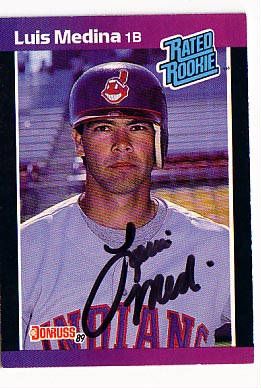
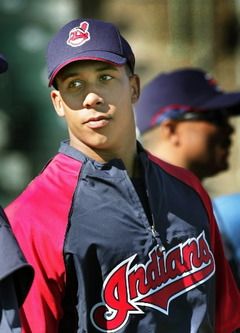



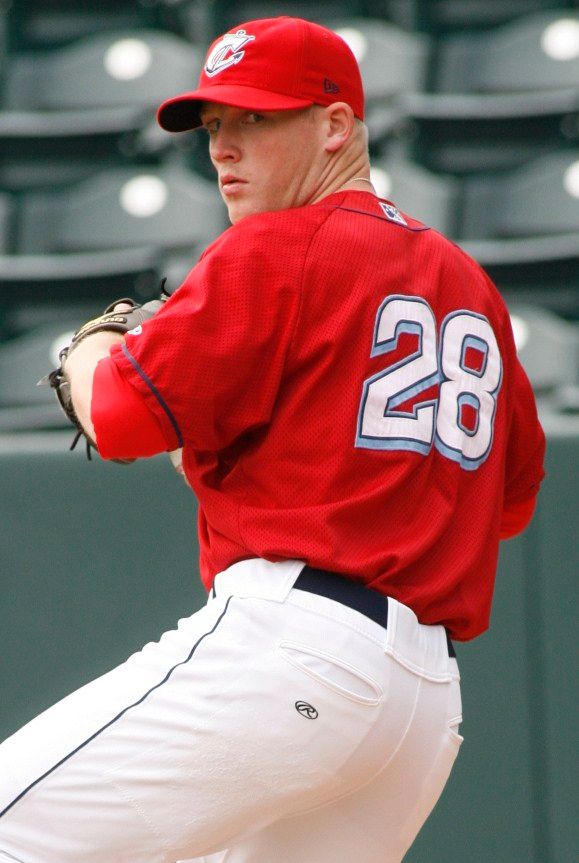
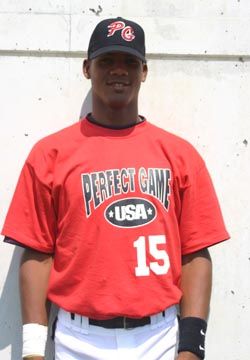
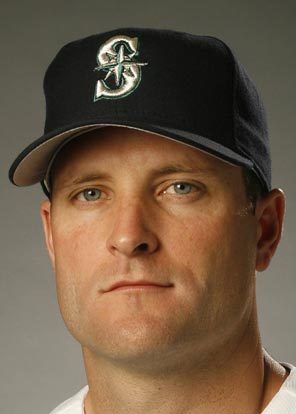
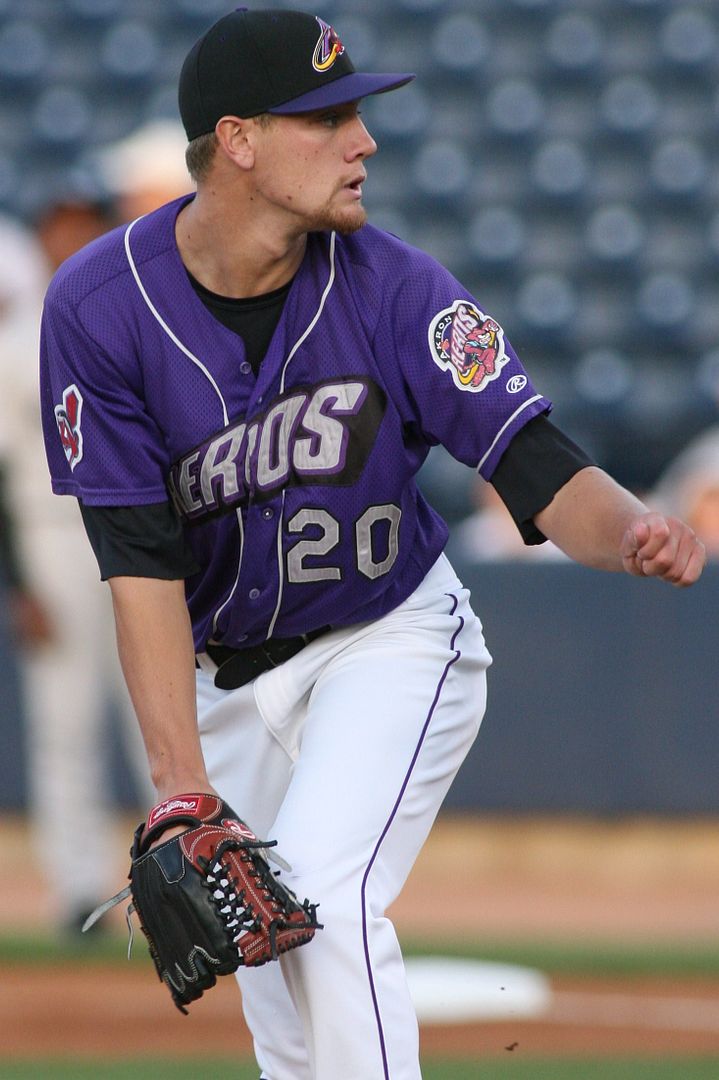
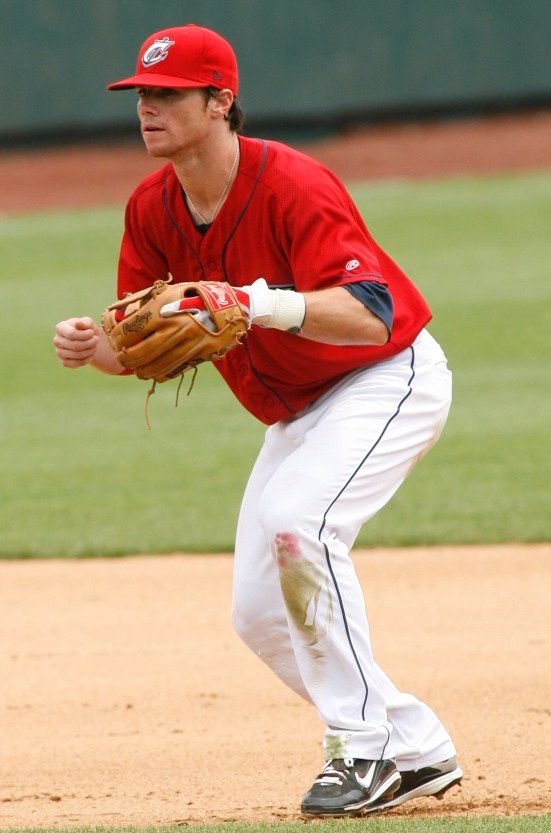
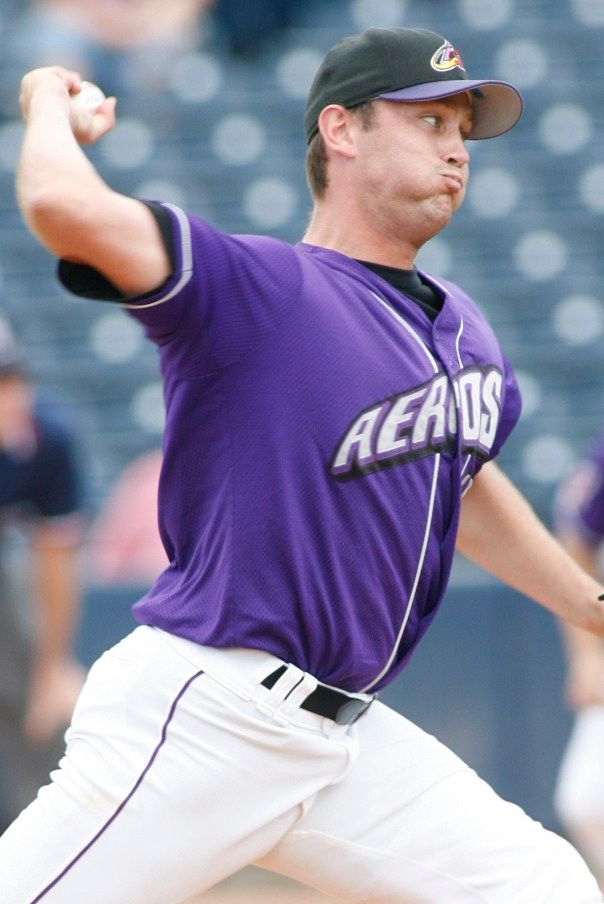 History: Judy was selected by the Indians in the 34th round of the 2007 Draft out of the Indiana Institute of Technology. He proved to be just as tough on lefties (.173 BAA, .526 OPS) as he was on righties last year (.219 BAA, .598 OPS). He made a name for himself in the Arizona Fall League this past fall when in a hitter dominated league he went 2-2 with a 1.59 ERA in 11 games, and in 17.0 innings allowed 13 hits, 8 walks, and had 20 strikeouts.
History: Judy was selected by the Indians in the 34th round of the 2007 Draft out of the Indiana Institute of Technology. He proved to be just as tough on lefties (.173 BAA, .526 OPS) as he was on righties last year (.219 BAA, .598 OPS). He made a name for himself in the Arizona Fall League this past fall when in a hitter dominated league he went 2-2 with a 1.59 ERA in 11 games, and in 17.0 innings allowed 13 hits, 8 walks, and had 20 strikeouts.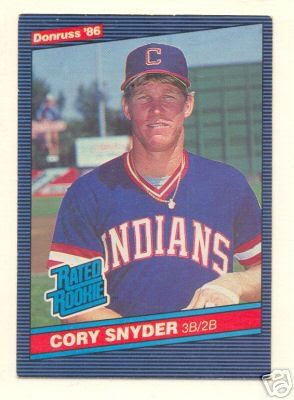
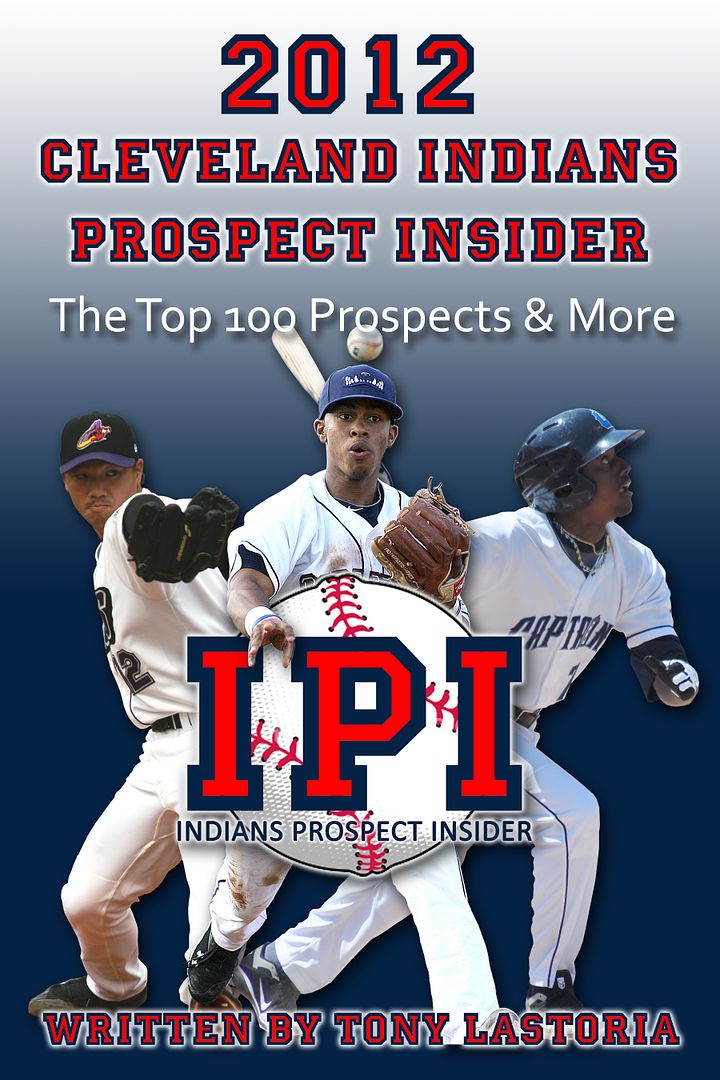
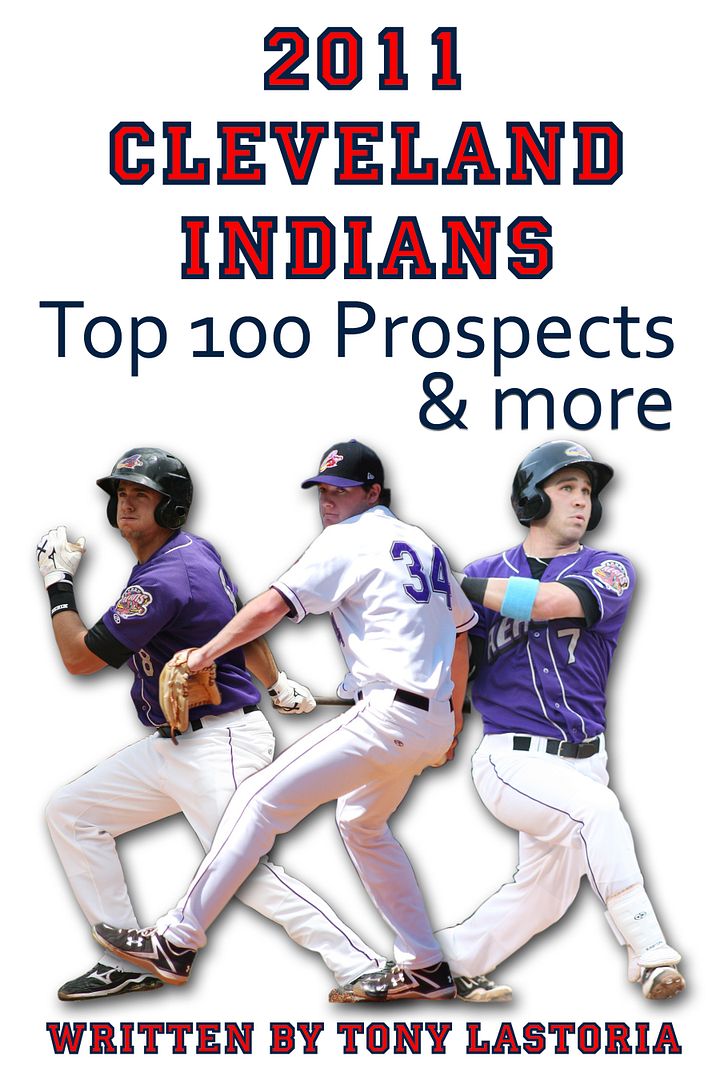
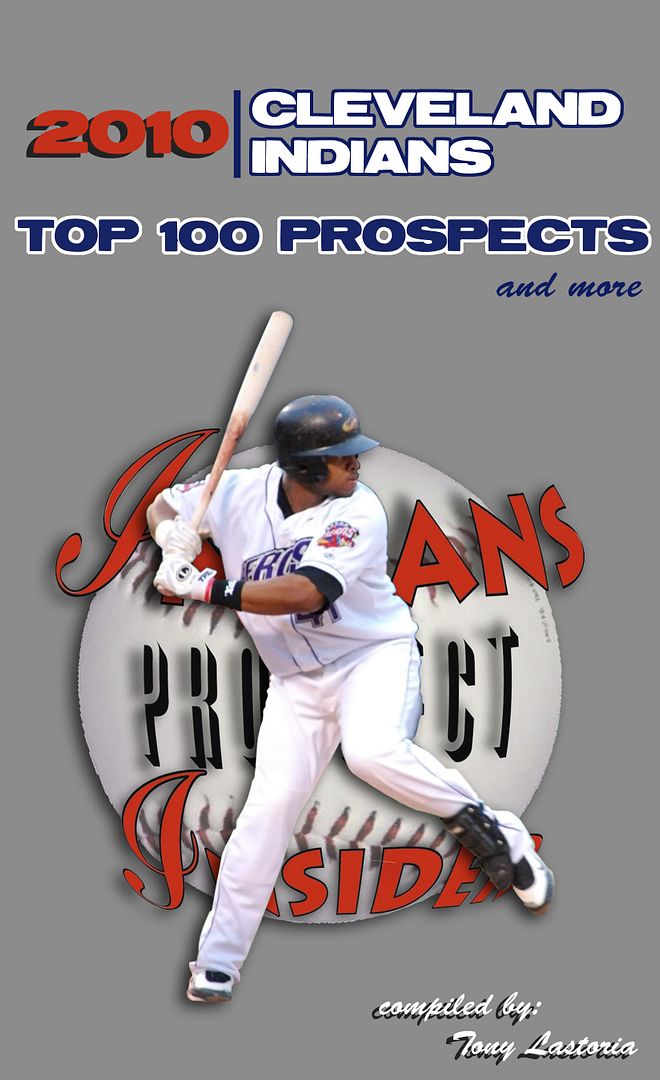
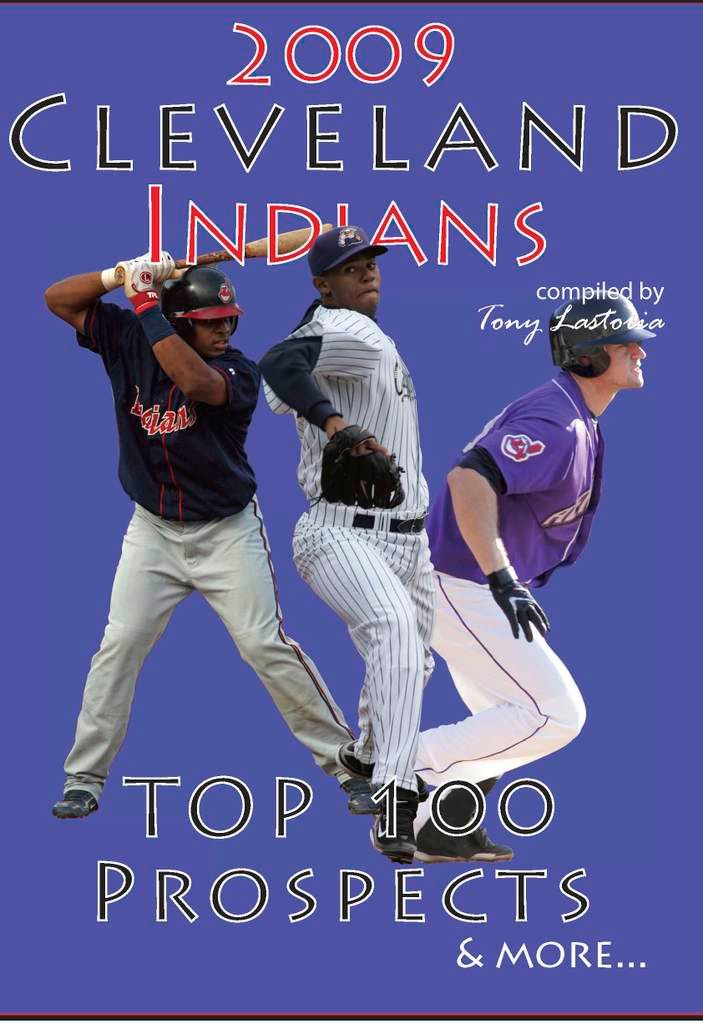
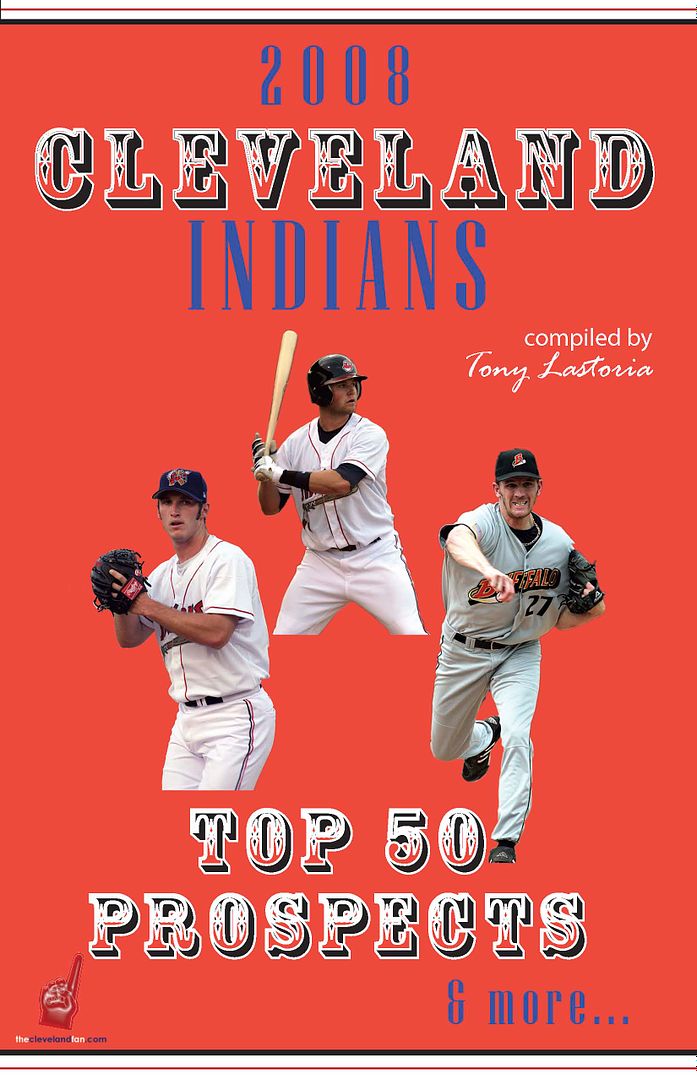
 Everything on this site is free, but for those interested in making any monetary contributions to help support the stability and growth of this site please click on the "Donate" button below.
Everything on this site is free, but for those interested in making any monetary contributions to help support the stability and growth of this site please click on the "Donate" button below.

